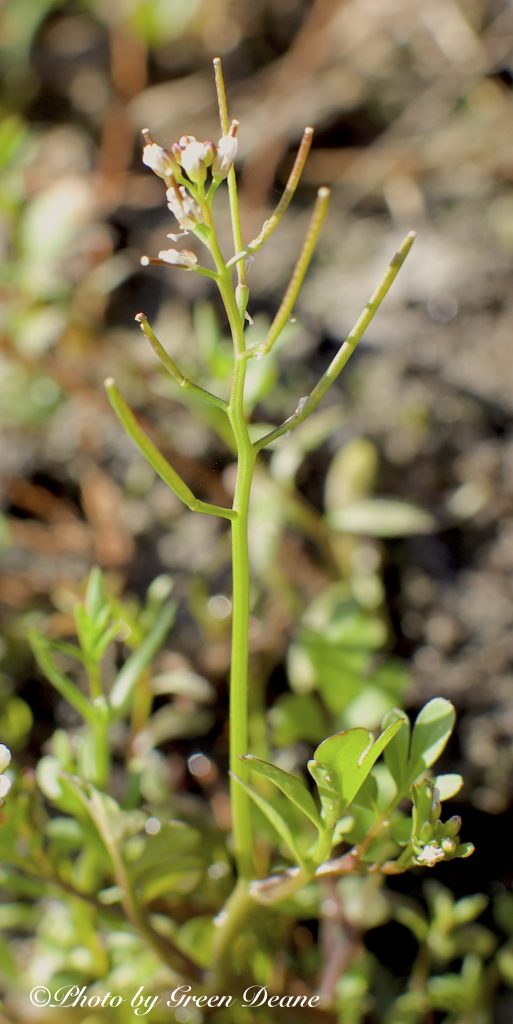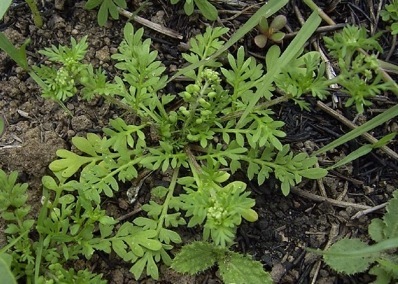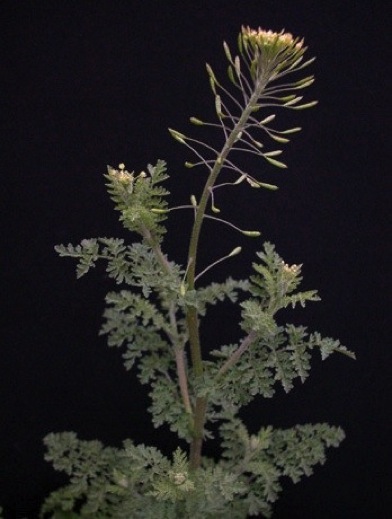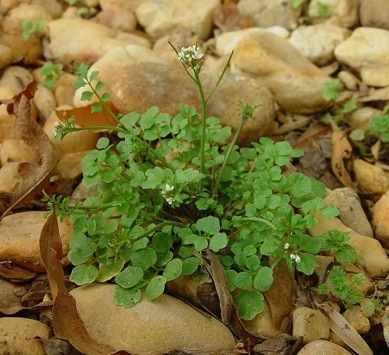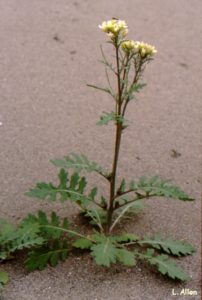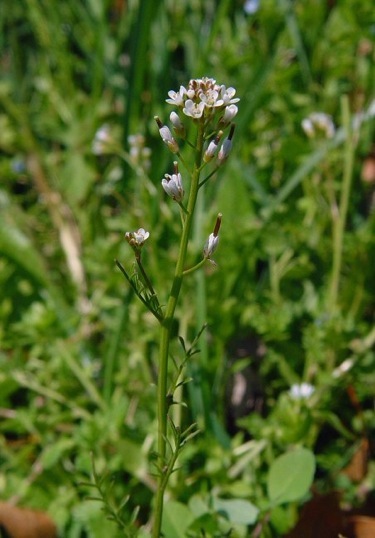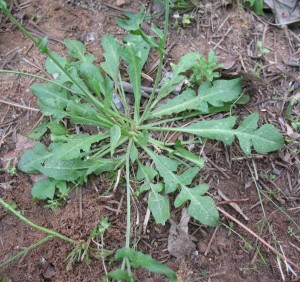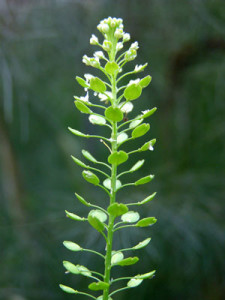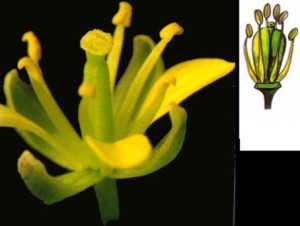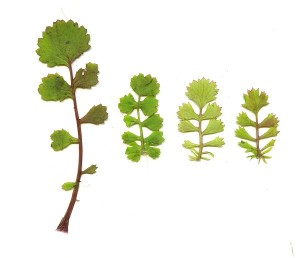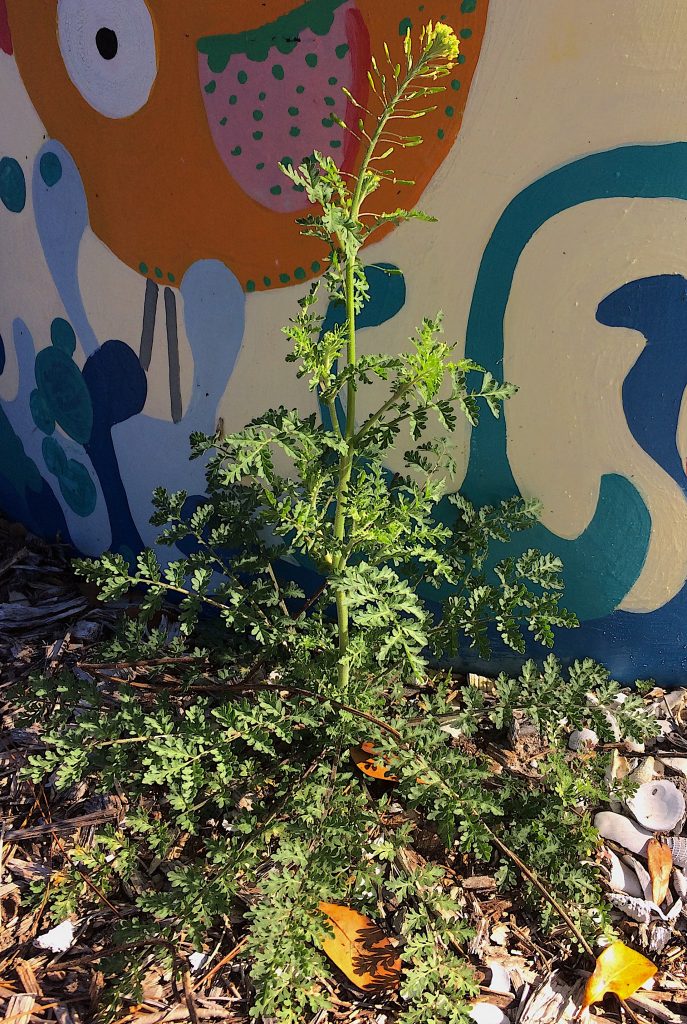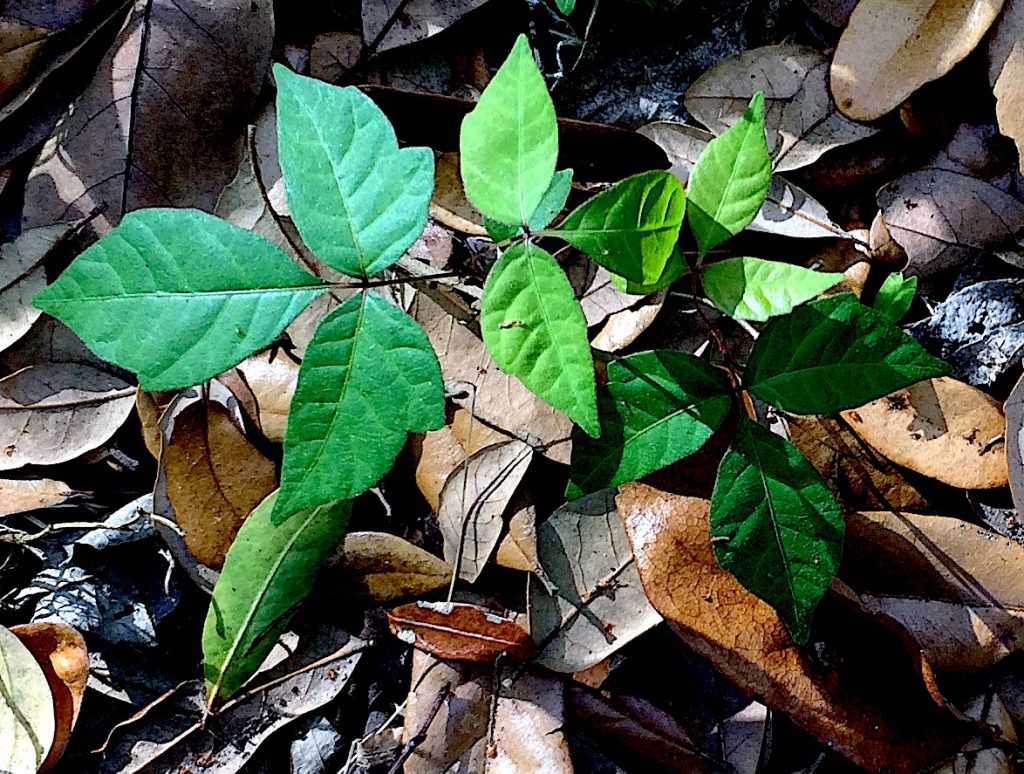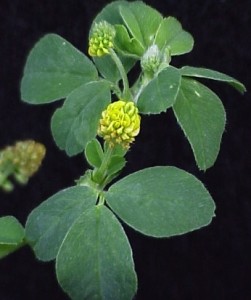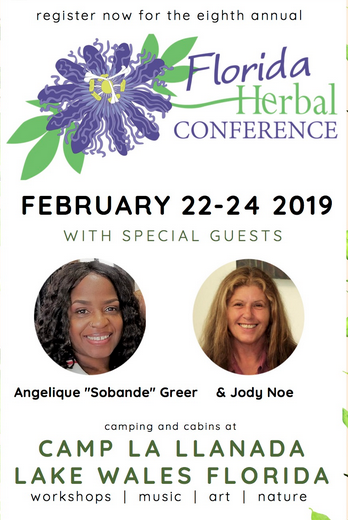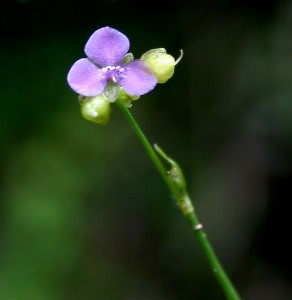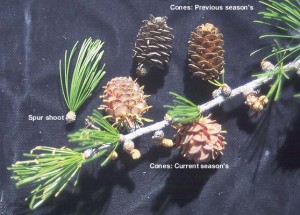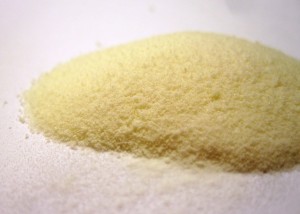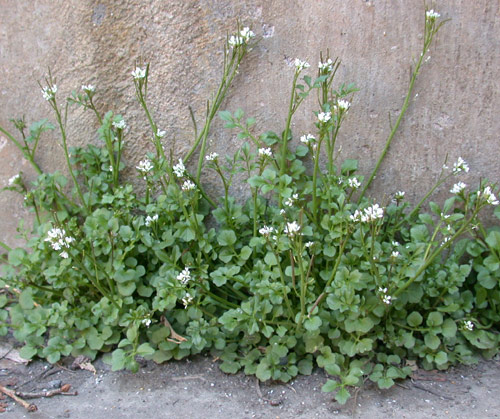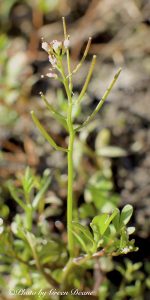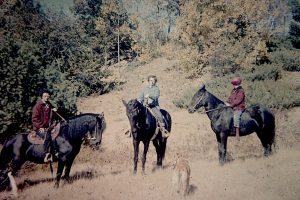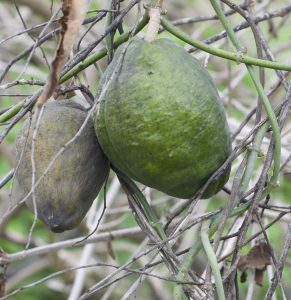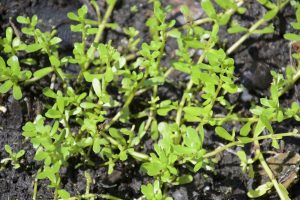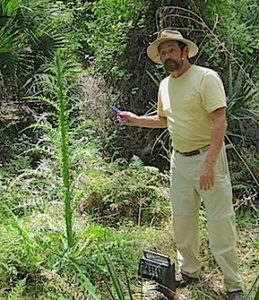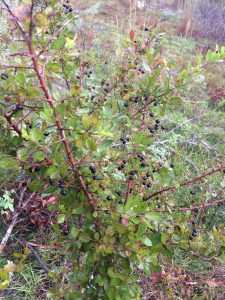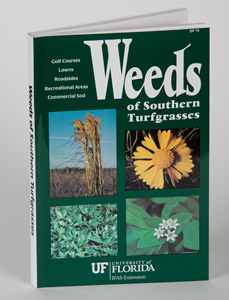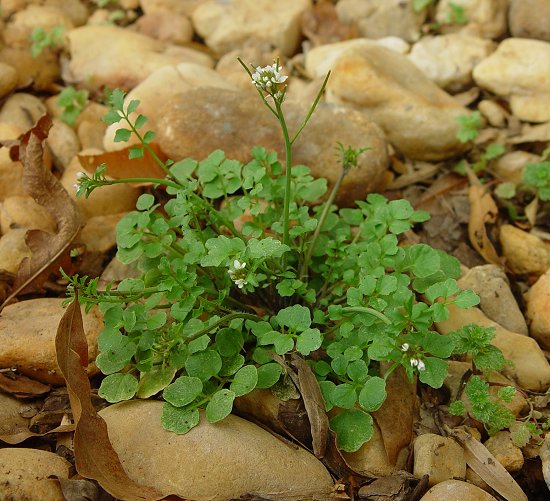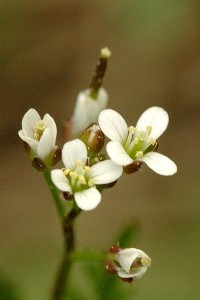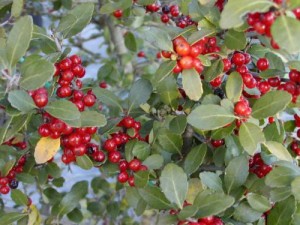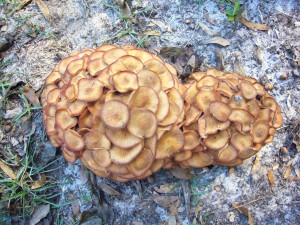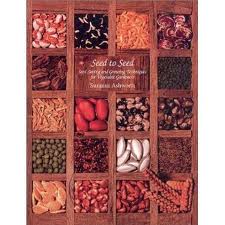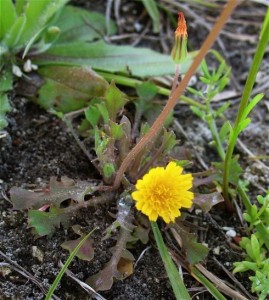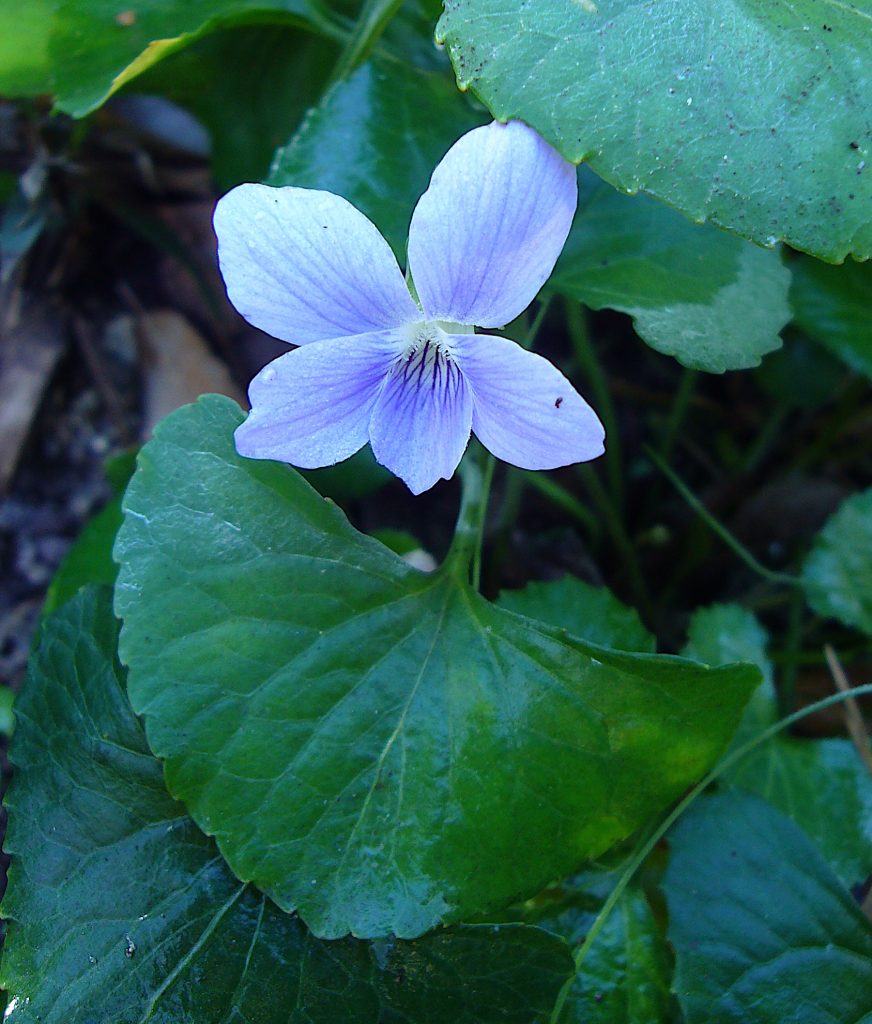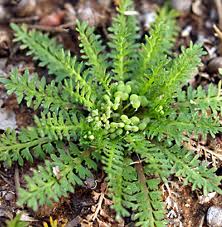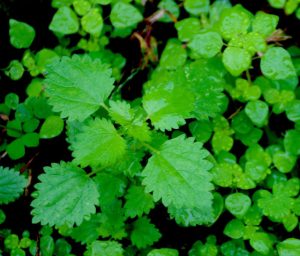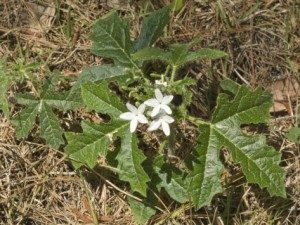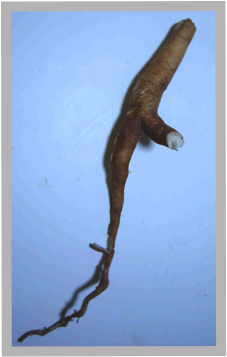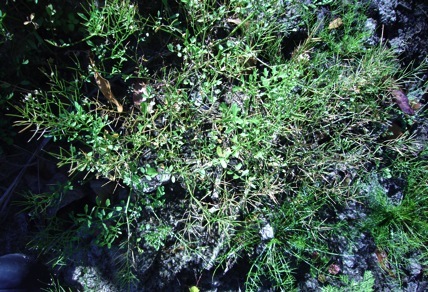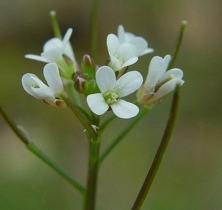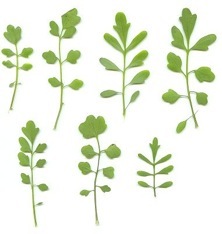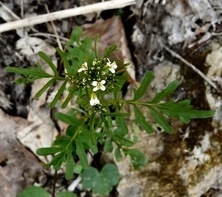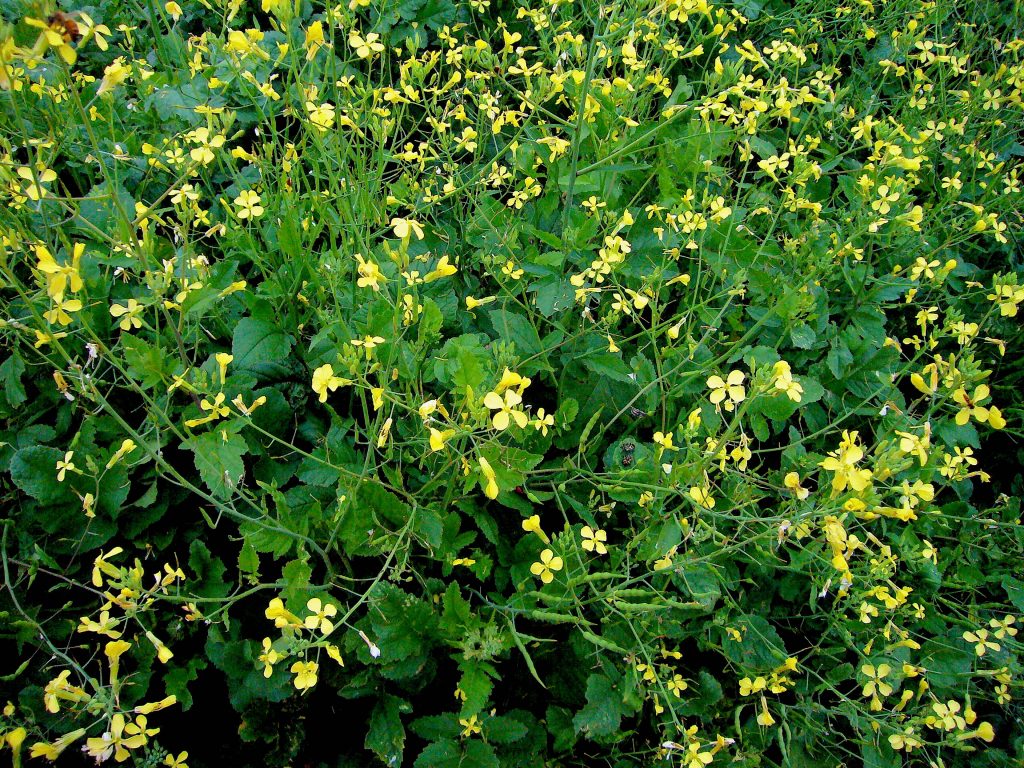
Wild Radish and Mustard are in blossom now. Photo by Green Deane
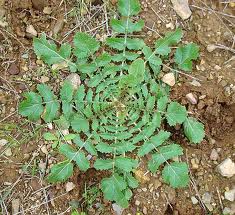
Wild Radish has similar uses as Wild Mustard, and flavor.
While bike riding Tuesday last we passed a field with flowering Wild Mustard. That location has been reseeding itself for a number of years. It’s a reminder how resilient wild plants can be and that we have entered our cooler-weather phase. It is also the time to look for Wild Radishes. They are used the same way as Wild Mustards. Mustards like chilly weather, or at least locally they do. You can see Wild Mustards and Wild Radish not only along roadsides now but in various fields from farm land to ignored citrus groves. The two species are used interchangeably and look similar. However Wild Radishes tend to be serpentine rather than straight and tall like Wild Mustard. They also have lumpy seed pods, or, more lumpy than mustard seed pods. Usually you will find a stand of one or the other. I don’t recall finding both in the same patch. Blossom colors can range from yellow to white with streaks of purple. But the leaves always have the biggest lobe on the end farthest from the plant. Look for them in sunny areas with fertile soil. Not native they came from Eurasia in the 1700s. And note the seeds can remain viable in the soil for up to 60 years. To read more Wild Radish go here, and for Wild Mustard, here.
With recent cool spells it’s no surprise to find our winter mustards making their annual appearance though I call some of them the Little Mustards and Micro-Mustards. Prime among them is Bittercress, Cardamine hirsuta, sometimes called Hairy Bittercress. Frankly I’ve never found it bitter.
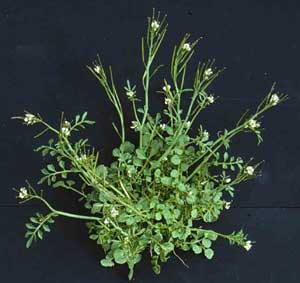
In northern climates Bittercress is a springtime herb growing into summer. Here in Florida it’s a fall herb growing into winter. It is also one of the few mustards, if not the only one, you can find growing in very damp or waterlogged soil. Unlike the Western Tansy Mustard, which adores dry ground, I’ve always found Cardamine hirsuta in well-watered lawns and landscapes or wet spots. In fact this past summer, which was Florida hot as usual, several of our spring-fed streams dried to a trickle exposing much stream-bed. In the shade of a cypress tree on one of those beds an unusual summer crop of Bittercress germinated. All it needed was a bit of shade — read cooler temperatures — and a damp spot. Bittercress is naturally leggy, whispy, even at its best at the end of a season’s worth of growth. Its prime use is as an addition to salads or soups, more flavoring than material substance. Cardamine hirsuta is one of those plants that is not substantial enough to sustain you but with it potent flavor it makes eating and thus life better. To read about our small winter mustards click here and here.
We often benefit from bad ideas. One of those is taking plants from one place on earth to another. We harvest and eat a lot of local plants that came from somewhere else. One of them is so far from home that it fruits in February.
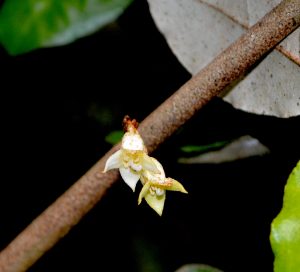
Silverthorn blossoms are boxy. Photo by Green Deae
The Silverthorn is native to Southeast Asia. It came to North America as an ornamental about 200 years ago. Early botanists were sure it would not become an invasive pest because they said the fruit were not nutritious for birds. Thus the birds would not eat them and spread the seeds around. The problem is no one told the birds that (and if birds did not spread the seeds around in Asia, what did?) In some areas the Silverthorn is an invasive species and forbidden. In other areas it is still sold as an ornamental. We call it tasty. While the Silverthorn fruits around February we saw some in blossom last Sunday, right on shcedule. The bush hides the blossoms and they are a bit strange looking, if not futuristic. The four-petaled speckled blossom turns into a red jelly bean-like fruit with gold and silver speckles. They are bitter and sour until ripe. The shelled seed is also edible. Altogether the fruit is high in vitamin C, lycopene, and Omega 3 fatty acids. And that is a tasty treat in the middle of winter. To read more about the Silverthorn go here.
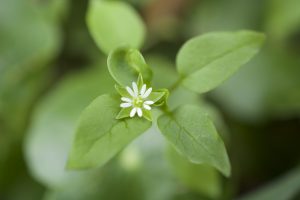
Chickweed has five deeply incised petals. Photo by Green Deane
Real chickweed is up. If you want to sample it in a variety of ways you have a couple of months at best. I usually find chickweed locally between Christmas and Valentine’s Day. It can be found earlier and occasionally after Valentine’s Day. But those two holidays mark the practical beginning and end of the local chickweed season. We found some young stuff Sunday east of Orlando in Blanchard Park. It also doesn’t grow much farther south than central Florida. In northern climates Chickweed is a green of spring. It actually germinates under the snow so it can get a head start on other spring plants. Snow spits here every half century or so and the ground never freezes which is why we can forage 365 days a year. Chickweed is fairly easy to identify. Besides tasting like corn silk it has a stretchy inner core and one line of hair that runs along the stem switching sides at each pair of leaves. Don’t confuse Chickweed for a local cousin the edible, Drymaria cordata. To read more about chickweed click here. Also coming on strong is Pellitory. To read about Pellitory again click here.
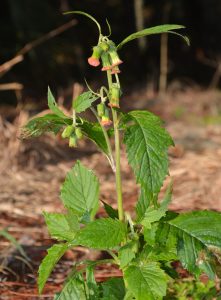
Redflower Ragweed seen in Largo. Photo by Green Deane
Redlfower Ragweed isn’t a ragweed but I’ve been seeing it for several years now. It reminds me of Fireweed/Burnweed except with red blossoms. Botanically it’s Crassocephalum crepidioides (kras-oh-SEF-uh-lum krep-pid-dee-OY-deez.) Crassocephalum is from the Dead Latin “Crassus” meaning “thick” and “kephale” which is Greek for head. Crepidioides is more mangle Greek. “-oides” in Dead Latin is mispronounced borrowed Greek and means “resembles.” Crepidioides means “resembles Crepis.” Crepis is from an old Greek word for a frilly funeral veil. It works its way into English via French as “crepe” paper. So “thick head resembles crepe paper” is one way to interpret the plant’s name.” And… even though it is called the Redflower Ragweed its leaves more resemble Fireweed/Burnweed, Erechtites hieraciifolius (which is an even more complicated, naughty story.) Redflower Rageweed’s blossoms, however, more resemble the toxic Florida Tassel Flower. Cornucopia II says of Crassocephalum crepidioides on page 37: “Ebolo, Okinawan Spinach, Young leaves and shoots are used as a potherb, fried, or mixed in Khao yam. The leaves are fleshy, tinged with purple and have a somewhat mucilaginous quality and nutty flavor. Has become quite popular on the island of Okinawa and in Hawaii In Thailand, the roots are eaten with chili sauce or cooked in fish curry. Tropical Africa. Cultivated.”
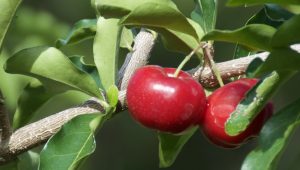
The city of Winter Park has added an edible to their downtown park. Photo by Green Deane
My annual Urban Crawl is coming up, my twelfth, on Friday, December 17th. It’s a free class. We meet in front of Panera’s at 10 a.m. in Winter Park. We wander south to the college, stop at Starbucks to drink & drain, go east to the public library area, then back to Panera’s around noon. There is a free parking garage behind (west) of Paneras if you go to the upper floors. If you park on the city streets you chance a ticket as the class is longer than parking hours allow. A year ago in their downtown park they removed a Limequat leaving the space empty. I have no idea why the tree had to go in that it was regularly fruiting and while not rare a novelty. It was replaced by a Acerola Cherry also called Barbados Cherry. This little tree’s claim to fame is a huge amount of acorbic acid which is natural vitamin C. It often has fruit on the ground.

Classes are held rain or shine or cold. (Hurricanes are an exception.) Photo by Kelly Fagan.
Foraging classes are scheduled out to the beginning of January. As the potential weather in January reveals it self, and the spread of the Omnicon version of COVID, I will schedule more classes. As my classes are outside, weather — as of now — is a greater influencer than COVID.
Sunday December 19th, Colby-Alderman Park: 1099 Massachusetts Street, Cassadaga. Fla. 32706. 9 a.m. to noon. Meet at the bathrooms.
Sunday December 26th, Mead Garden: 1500 S. Denning Dr., Winter Park, FL 32789. 9 a.m. to noon. Meet at the bathrooms. The park entrance is on South Denning. Some GPS directions get it wrong.
Sunday January 2nd, as Monty Python used to say, “and now for something different.” Let’s meet at 10 a.m. (at the bathrooms) and wander around Lori Wilson Park, Cocoa Beach, for a couple of hours. No fee. I did a short private class there a couple of years ago. Not sure it is extensive enough for a regular class. If the weather’s pleasant it will be a nice way to start the new year. 1500 N. Atlantic Avenue, Cocoa Beach Fl 32931.

Green Deane videos are now available on a USB.
My nine-DVD set of 135 videos has been phased out and replaced by a 150-video USB. The USB videos are the same videos I have on You Tube. Some people like to have their own copy. The USB videos have to be copied to your computer to play. They’re a nice Christmas gift sent by First Class Mail. If you want to order the USB go to the DVD/USB order button on the top right of this page or click here. That will take you to an order form. I’d like to thank all of you who ordered the DVD set over the years which required me to burn over 5,000 DVDs individually.

Green Deane Forum
Want to identify a plant? Perhaps you’re looking for a foraging reference? You might have a UFO, an Unidentified Flowering Object, you want identified. On the Green Deane Forum we — including Green Deane and others from around the world — chat about foraging all year. And it’s not just about warm-weather plants or just North American flora. Many nations share common weeds so there’s a lot to talk about, such as the one to the left. There’s also more than weeds. The reference section has information for foraging around the world. There are also articles on food preservation, and forgotten skills from making bows to fermenting food. Recent topics include: California Wild Mushroom Parties, A Good Reason To Eat Wild Garlic, Black Walnuts and Amaranth, Sea Salt and Plastic, Wild Mustard? Heavy Metals. Oriental Persimmons. What is it? Pine Cough Drops and Needles, Skullcap, Malodorous Plant? Another NJ Tree, Maypop? Roadside Plant, Unknown in Sudan, Please Help Identify, and Preserving Prickly Pear Bounty. You can join the forum by clicking on the button on the upper right hand side of this page. This is my weekly newsletter #486. If you want to subscribe to this free newsletter you can find the sign-up form in the menu at the top of the page.
To donate to the Green Deane Newsletter click here.

